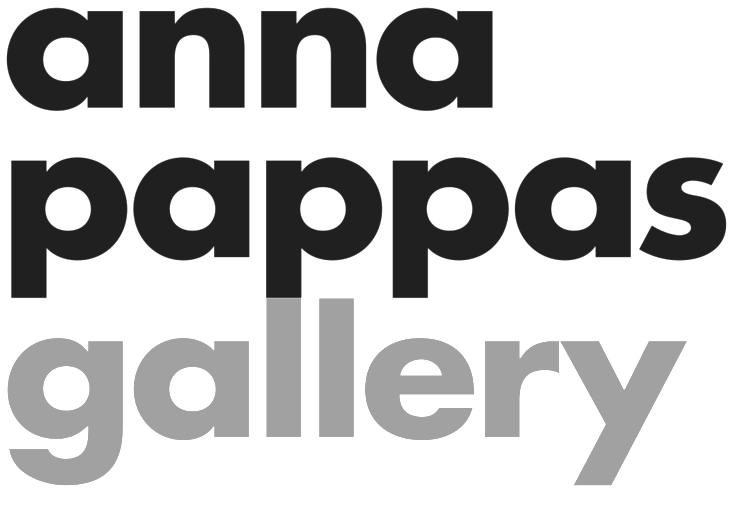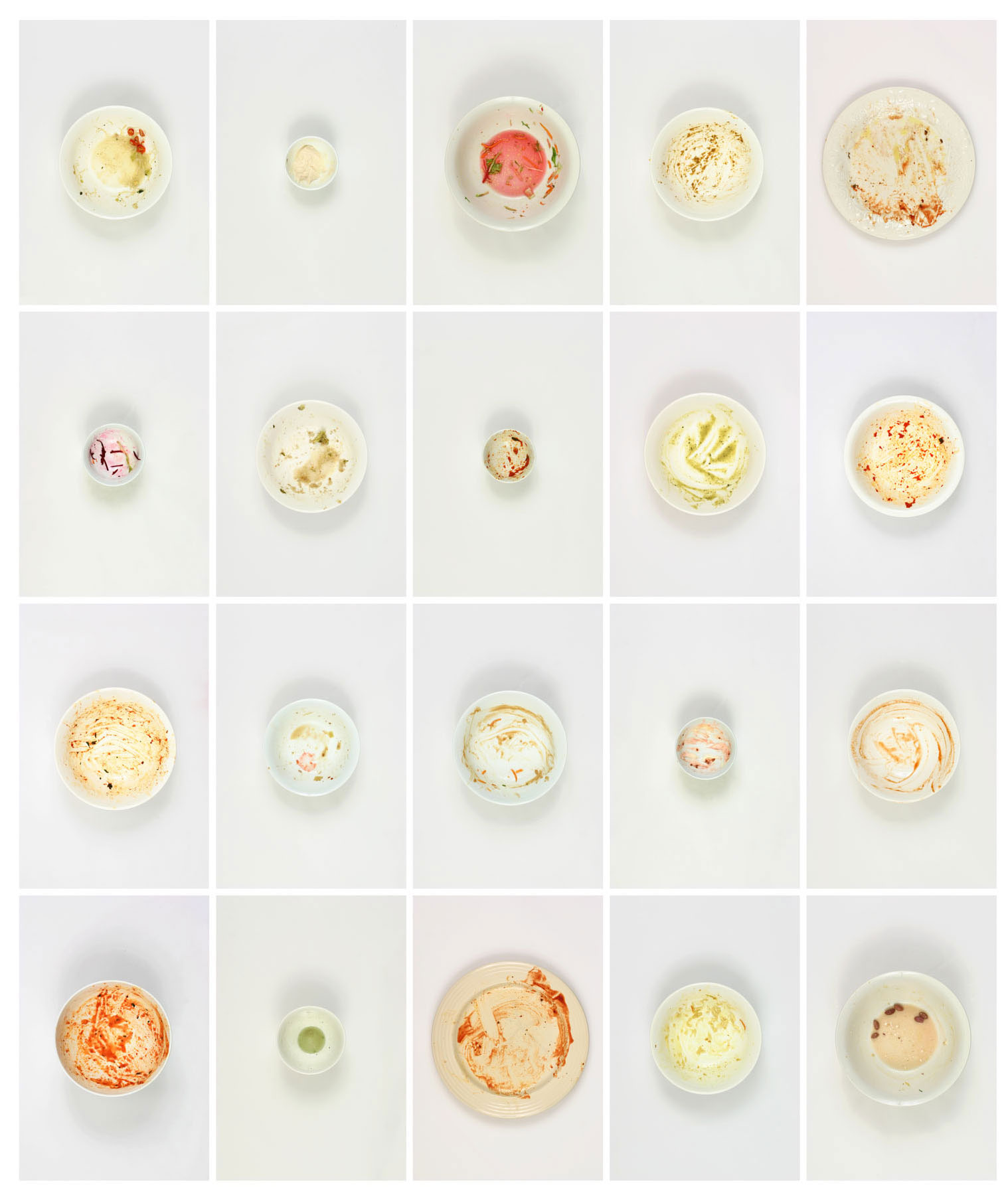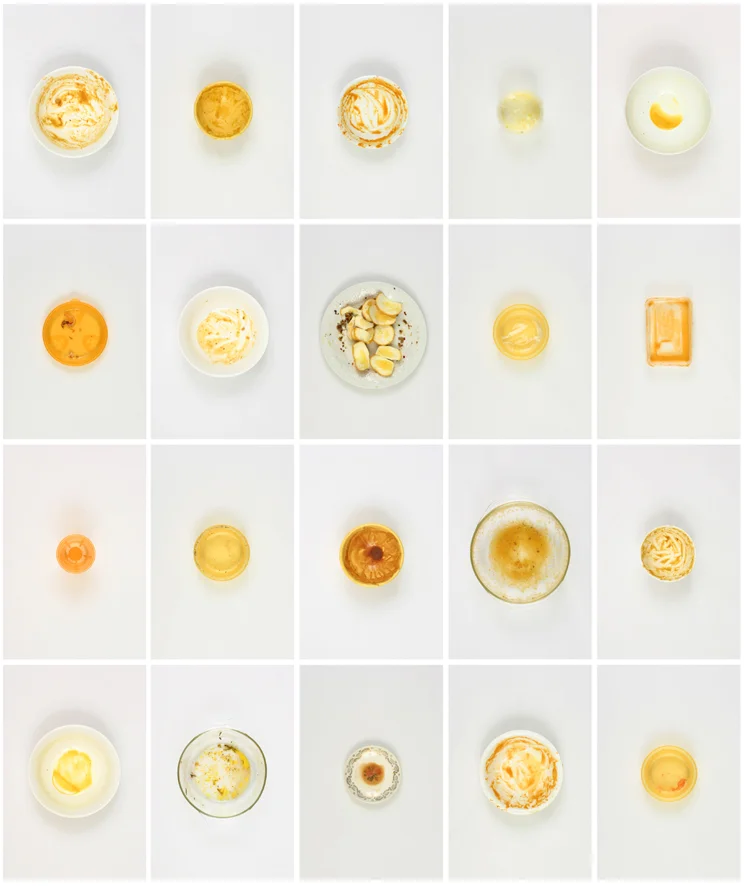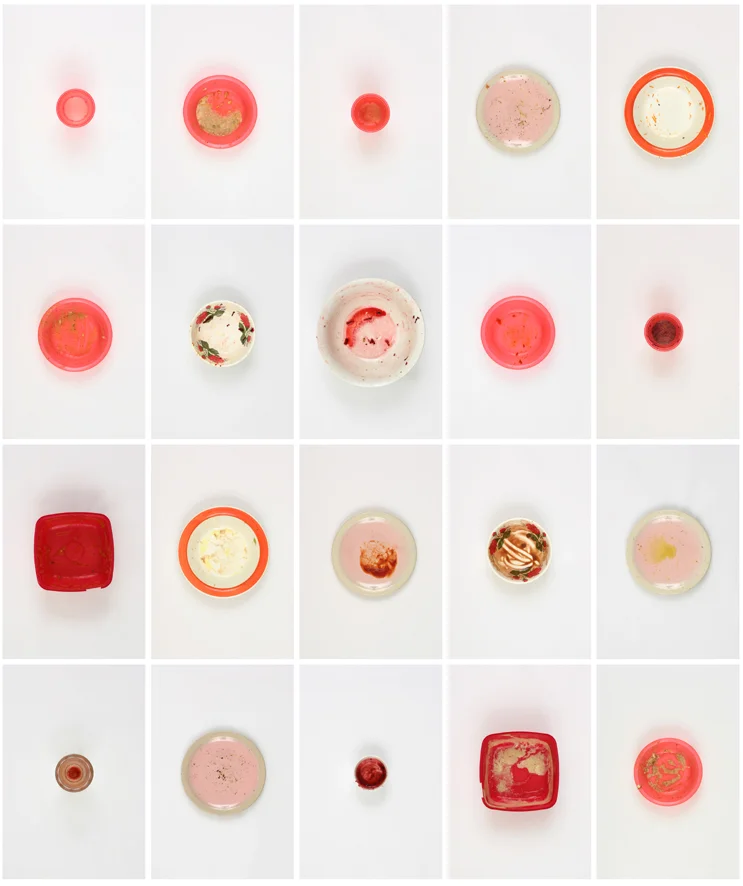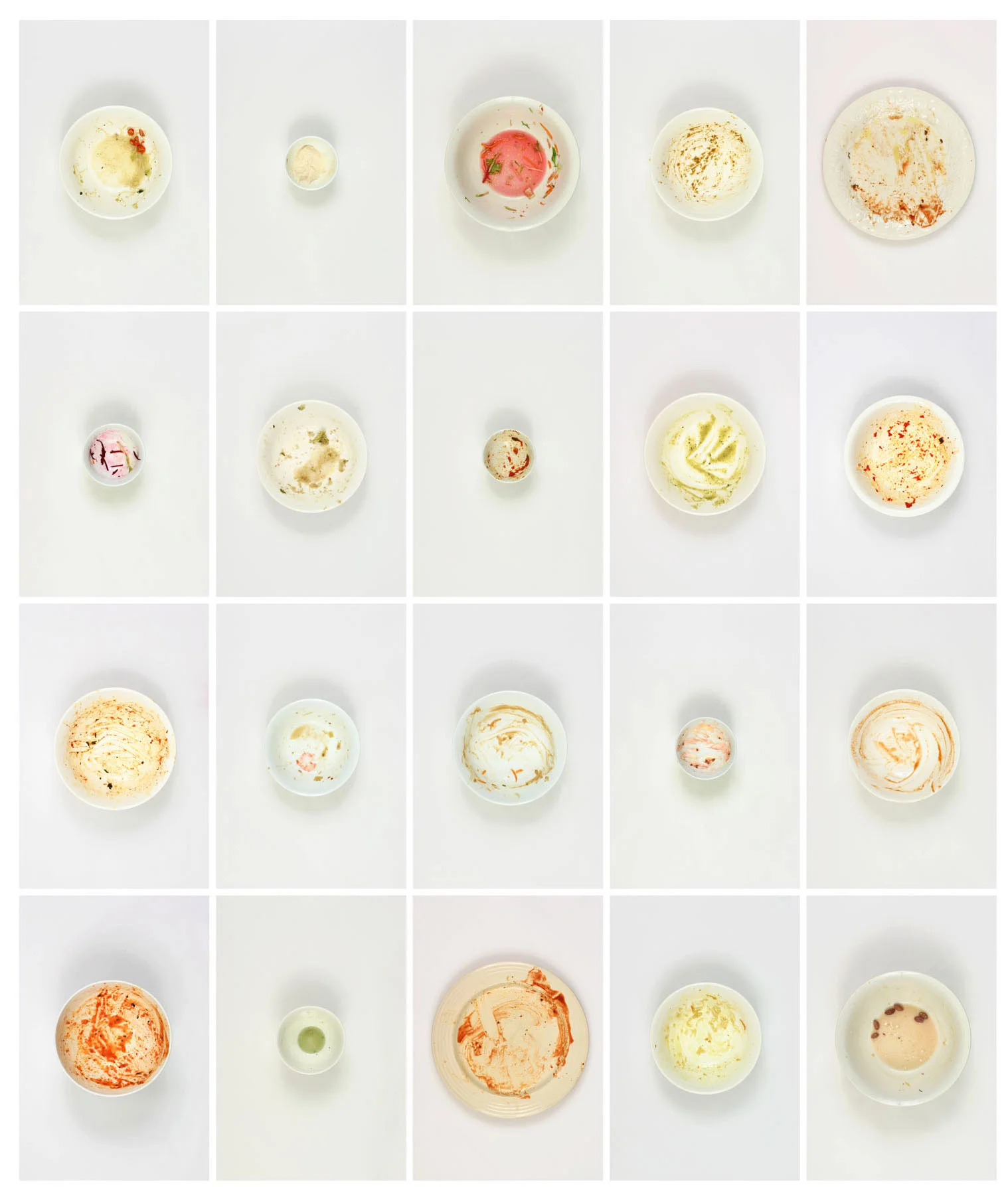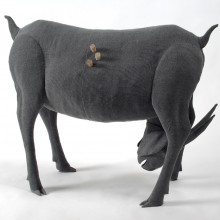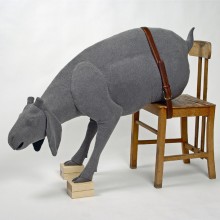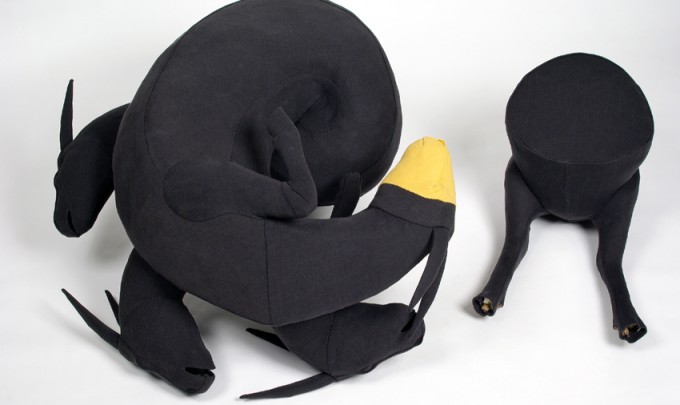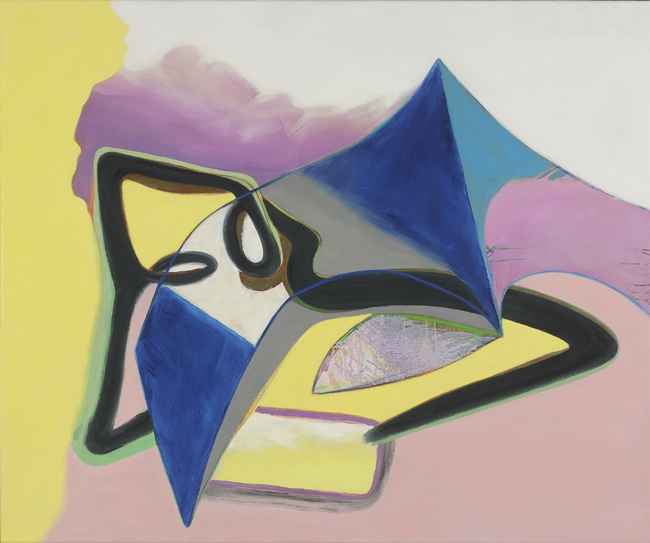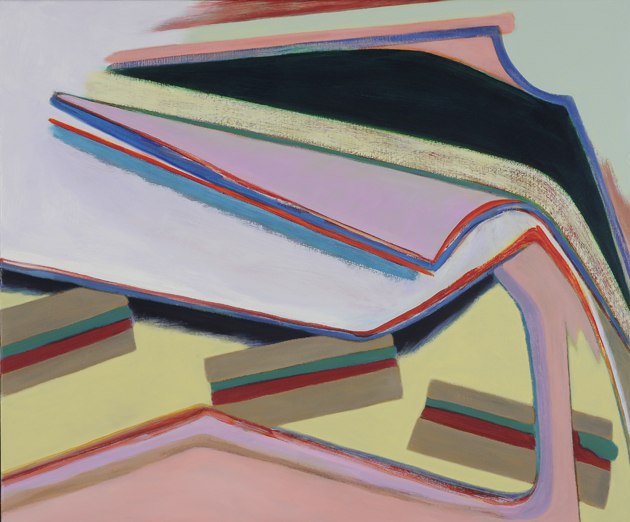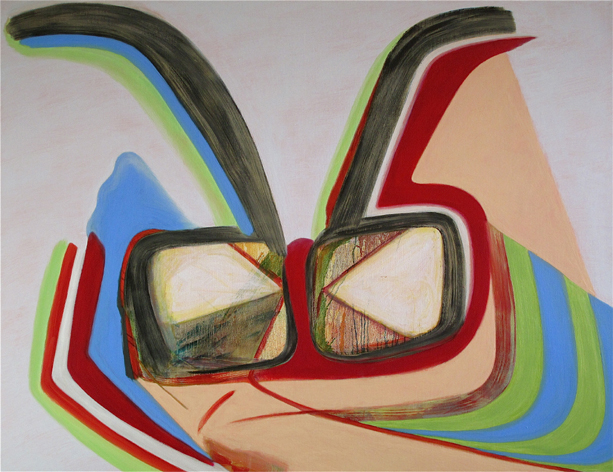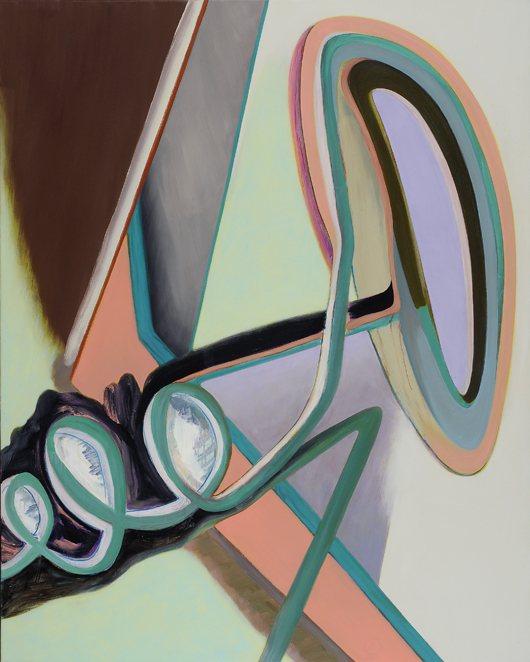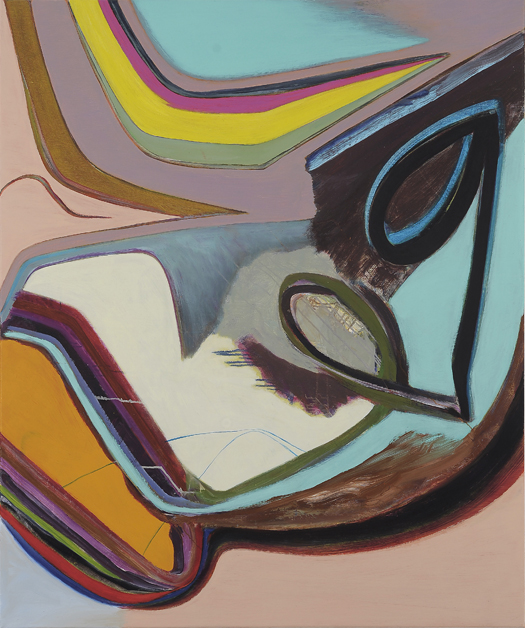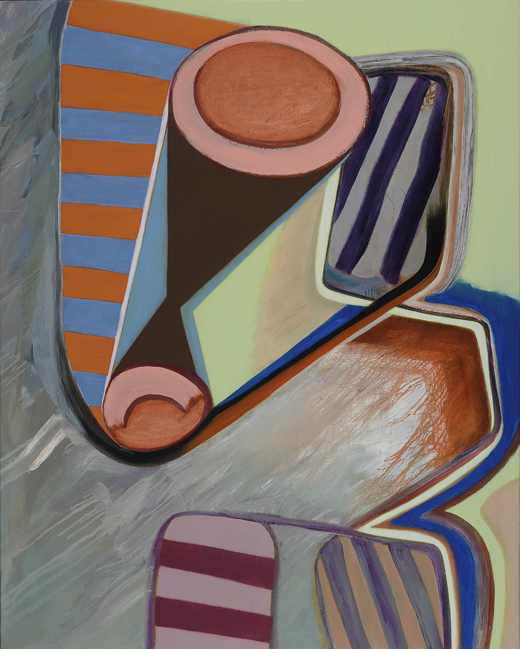Matt Coyle’s drawings are finely crafted dream diaries though nothing about them is suggestive of surrealism’s disjunctive strategies or tropes. The old joke of course was that the Freudians dreamed in Freudian symbols, the Jungians in those favoured by Jung. Noting that ‘what goes in must come out’, it was a remark that made short work of base structural theories in so far as the unconscious mind was concerned. Nowadays neuroscientists point to plasticity as the evolutionary strength of the brain, though looking at Coyle’s disquieting practice one registers also that the mind is a self-reflective beast and art its tool for self-examination. Whilst that which is gained is perhaps a space for personal resolution and change, Coyle’s complex and layered project is intended also for public debate. Knowing then that the images in his new body of works ‘The Shades’ are scenes from Hobart’s colonial Theatre Royal, and that the ‘Shades’ is the even older colonial pub that was once on this very site, a picture begins to emerge that is not entirely of the artist’s journeying in dreamland.
Knowledge of the past, whether personally, nationally or even globally conceived is a principal upon which identity is nurtured and enriched. Tasmania for instance has a history with which the locals continue to wrestle. Violence and brutality, the convict lash and genocide: all of these mark the island’s psyche and figure altogether hauntingly in its art and film and literature. What Coyle’s protagonist is looking for is something we will never really know. It is a journey that might be cyclically conceived or progressing as if without an end. Its stylistic allusions however, to film noir and graphical novels, alerts us to its position culturally in time. Certainly he is an artist of the current era, and this I feel is of note, especially in the context of Australian history painting. Clearly Coyle’s narratives are not grand; in fact they’re decidedly unsettling and weird (wonderfully so, in a way that anticipates their potential as cinematic feature films). I like this about his work – their refusal to adopt the clichés of Australia past, whilst abandoning nothing of its eerie, isolated ferocity. In this he bisects the personal with the historic and the present in a way that cannot be ignored.
Early psychotherapists would no doubt applaud the archaeological invocations in Coyle’s latest series. Digging through the floorboards, cutting through the earth, objects and found and examined, just as Freud had first predicted in his appropriation of the tomb-digger’s art. The discovery, for instance, of the tragedian masks is a sardonic passing allusion to the classical culture of Europe past; very old, but nearly as old as the earth through which the artist digs. From a post-colonial perspective the past is anything but a singular narrative affair.
The other thing that must be said of Coyle’s work is that their execution is masterful. Made of nothing but pen on paper they are painstakingly rendered pieces. In sync with the resurgence of interest in the medium, they stand out clearly from the crowd. The manner for instance in which light and shade is brought into play brings the painters art to mind, but not the draftsman’s linear palette. Exploring their creation is rather analogous to deciphering their bewitching content. One looks to understand but in the end, the elements conspire and one must finally give in to the work.
Damian Smith, July 2010
